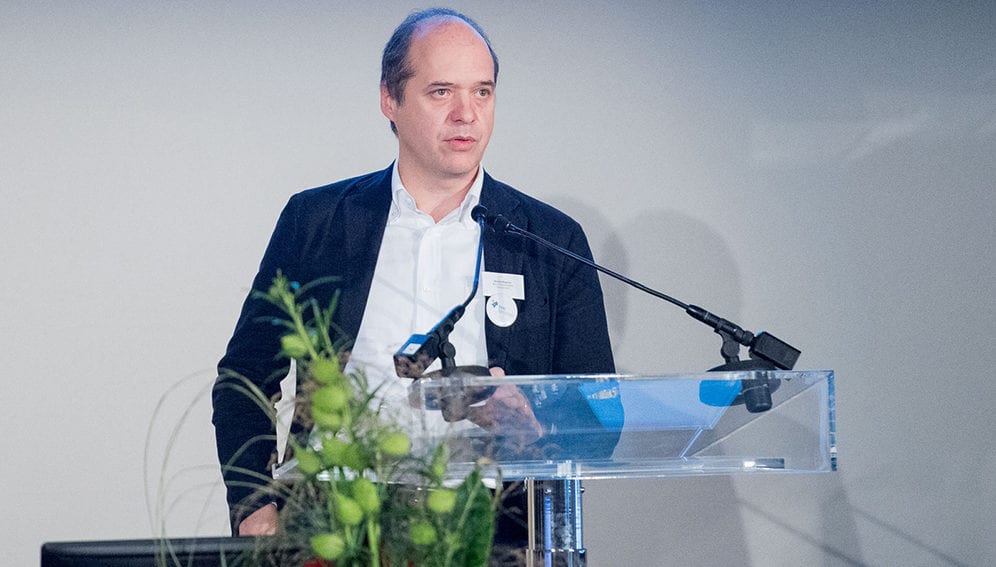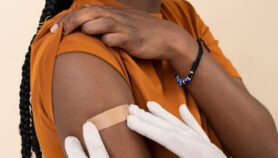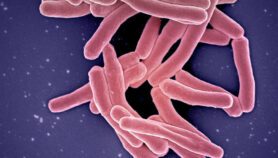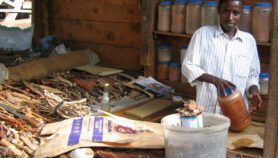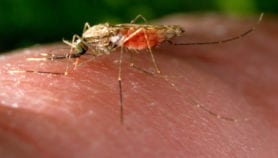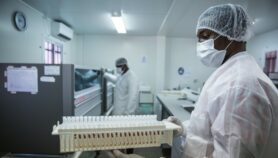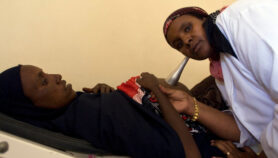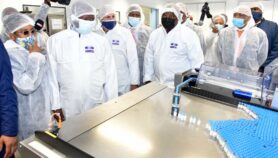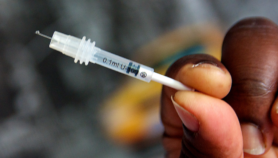By: Inga Vesper
Send to a friend
The details you provide on this page will not be used to send unsolicited email, and will not be sold to a 3rd party. See privacy policy.
Inappropriate use of antibiotics is one of the leading drivers of drug resistance, so what can doctors do to ensure they don’t perpetuate the problem?
In June, the World Health Organization launched its AWaRe tool, a simple system that classifies antibiotics into three categories. These categories — Access, Watch and Reserve — are meant to help healthcare providers and policymakers to decide which antibiotics they should prescribe freely, and which ones they should restrict.
The goal is to ensure that 60 per cent of antibiotics worldwide come from the Access group of ‘narrow-spectrum’ antibiotics that target a specific organism rather than several. This, the WHO hopes, will reduce the risk of resistance. Drugs in the Reserve group should only be available in hospitals under specialist supervision.
Nicola Magrini, secretary of the WHO expert committee on the selection and use of essential medicines, has been deeply involved with AWaRe’s development. He talks to SciDev.Net about applying the tool in developing countries.
How did you choose the three categories of AWaRe?
First-choice antibiotics, which work against a range of diseases, made the Access list. We then developed a second category called Watch and put in all antibiotics that had restricted access but were first choice for several important diseases, such as gonorrhoea or severe pneumonia. These are the antibiotics we need to be vigilant about and only use when necessary. Finally, we have the Reserve list, for antibiotics that are not recommended as either first or second choice. These are for hospital use only and should only be used when other therapies have failed or there is a clear indication of bacteria resistant to the commonly used medications.
“If we want antibiotics to be available worldwide, but also restrict access to them as essential medicines, we must improve their use by educating physicians, the public and governments,”
Nicola Magrini, Secretary, WHO expert committee on the selection and use of essential medicines
What led to the creation of this tool and why do we need it?
It grew out of a review we did of the 25 most common symptoms that can hint at several diseases; simple ones, like laryngitis, or complex ones, like pneumonia and cystitis. We reviewed guidelines on treatments and available antibiotics and we saw that there are first and second choice antibiotics, and some that should be preserved. One revelation was that most of the available guidelines on treating these diseases are only available in English.
We are losing antibiotics very quickly due to antimicrobial resistance, especially for gram negative bacteria that are naturally more resistant to antibiotics. We are reaching a point where the more severe infections… have become a very big problem everywhere, even in rich countries. On gram negative multi-resistant infections, we only have two or three [antibiotics] left that are working, whereas 15 years ago we had eight or nine to choose from.
Your target is for at least 60 per cent of antibiotics to come from the Access group. Is this a viable target?
We think that all health systems around the globe can manage with a prevalent use from the Access group. In fact, I think around half of all countries are already within this target, so we are not exactly reaching for the moon. I was personally in favour of setting a more ambitious target — like 70 per cent — which would have only been met by 20 per cent of countries so far. But 60 per cent was doable, was acceptable to members and did not necessitate naming and finger-pointing.
Up to 60 per cent of infections in low-income countries are resistant to antibiotics, compared with around 17 per cent in OECD countries. Why do poorer nations suffer disproportionally?
Because they over-use, and that should ring an alarm bell. This generates a huge problem of resistance, and this is why we try to make this tool truly global. When data is collected and goes across low- and high-income countries, there is more interest and more possibility for change. A problem that is isolated is neither yours or mine. We do not collaborate if it is not a global issue.
What else needs to happen to help doctors prescribe appropriately?
We need to educate doctors. I mean, many of them are aware, but doctors mostly work in the interest of the patient in front of them. There is also competition, especially in developing countries. If you are a GP, and your colleagues are more generous with the distribution of antibiotics, it could create problems. That’s why waiting to give an antibiotic is a careful choice that should be shared with your professional community.
In addition, globally, the access problem in many developing countries is bigger than the excess problem. If we want antibiotics to be available worldwide, but also restrict access to them as essential medicines, we must improve their use by educating physicians, the public and governments. We are all realising now that we must take this much more seriously and monitor use more carefully.
According to WHO data, more than 100 countries have AMR management plans in place, but less than 20 per cent are actively working towards their goals. What if the same happens to AWaRe?
The problem is that a pretty high number of countries have zero resources to improve data gathering or coordinate their activities. The good thing is that AWaRe can be applied to any data set, even the simplest ones. Countries that sign up provide the best data they have on overall consumption, even if it’s just import/export data or prescriptions. It is really easy to classify the less than 200 antibiotics available into AWaRe and triangulate that with available country data.
If there is no money to implement antimicrobial resistance action plans, AWaRe can be seen as a benchmarking exercise. I certainly cannot promise that there will be more resources to help poor countries, but it is still better than being completely in the dark.
What are the next steps?
Right now, we want to expand our current global antibiotics monitoring system. At present, we have 65 countries in this, but we aim to reach in four years at least 100 countries. That’s not bad out of 194 in the whole world.


